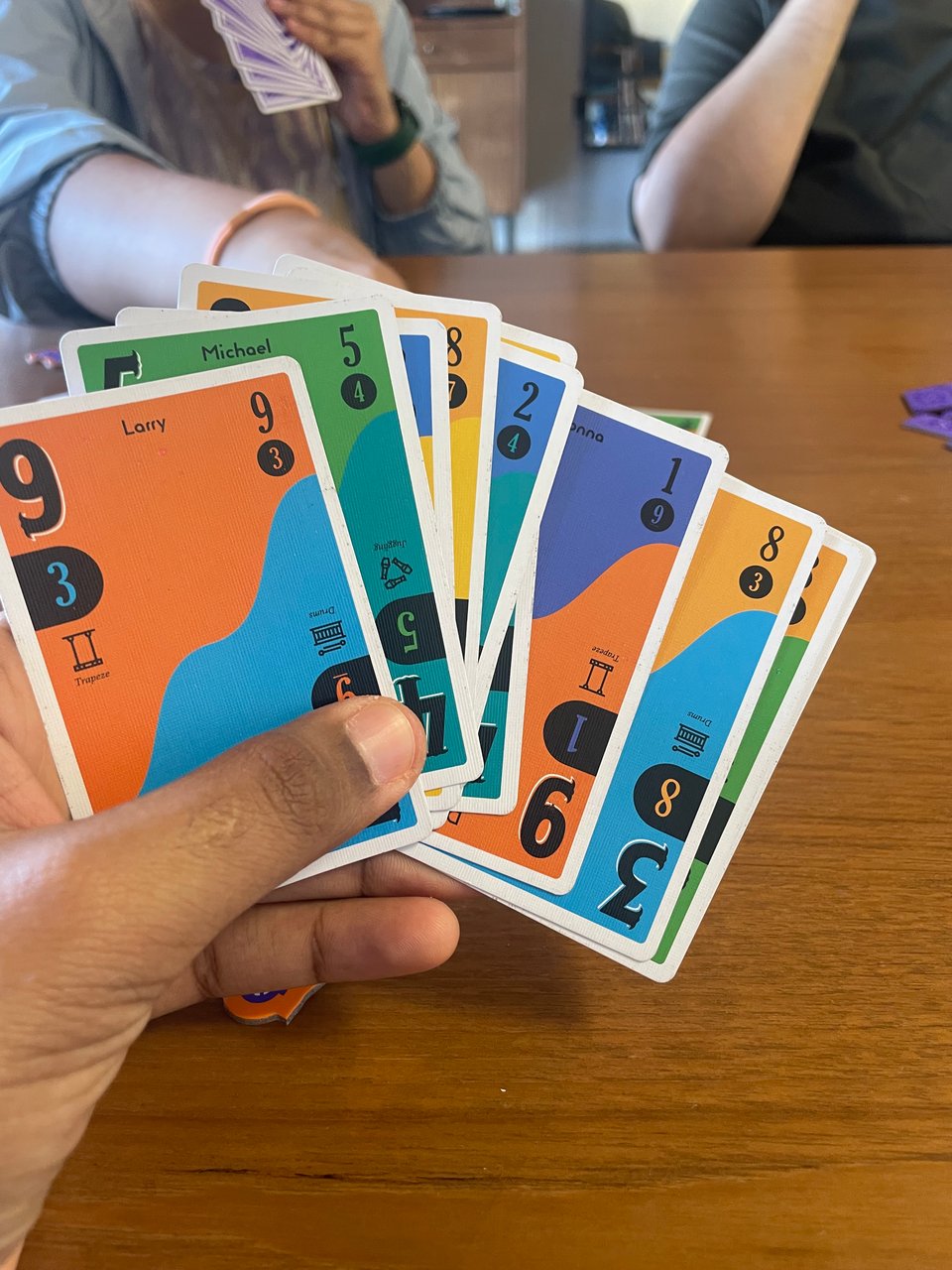"Fear cuts deeper than swords" - Syrio Forel, Game of Thrones
Hey! Hope you all had a great weekend! Mine was spent playing board games with friends :)

Interesting links for the week
Instead of sending a bunch of random links your way, these are all things I’ve read or seen and found interesting and relevant enough to share!
Provisioning a Large Cache on AWS with Dragonfly Cloud and Terraform
Why OpenTelemetry is a Game Changer for Modern Observability
Something that sparked my curiosity
So I finally did it! I started my YouTube channel. The goal, like I mentioned in one of the previous newsletters, is to learn new things for the sake of it. There’s so much fun stuff happening in tech all the time, and I find myself reading or learning about it. This channel will be a way for me to share those things with you. Sometimes I’ll be learning about the latest and greatest in AI, sometimes I’ll be going back to basics and building simple projects. This first video is about that. I decided to pick up React again, and what better way to familiarize yourself than by building a small, fun game. In this video, I code out a tic-tac-toe game in React and explain my thought process as I write code. I’d love to hear how you all found the video!
Who’s hiring?
Doctor Droid is hiring for a SDR / BDR in Bengaluru, India
DevZero is hiring for a Full-stack Developer in the US (remote)
Dragonfly is hiring for a Control Plane Backend Engineer in Israel (remote)
Golang puzzle of the week
You are given a slice of integers. Your task is to find the length of the longest sequence of consecutive numbers in the slice. The sequence does not need to be in order in the original slice, but the numbers must be consecutive in value.
Example:
Input: []int{100, 4, 200, 1, 3, 2}
Output: 4
Explanation: The longest consecutive sequence is [1, 2, 3, 4], which has a length of 4.
Here’s some starter code to help you get started:
package main
import (
"fmt"
)
// longestConsecutiveSequence takes a slice of integers and returns the length of the longest consecutive sequence.
func longestConsecutiveSequence(nums []int) int {
// Implement your solution here
return 0
}
func main() {
// Test cases
testCases := []struct {
input []int
output int
}{
{[]int{100, 4, 200, 1, 3, 2}, 4},
{[]int{0, 3, 7, 2, 5, 8, 4, 6, 0, 1}, 9},
{[]int{10, 5, 12, 3, 11}, 3},
{[]int{1, 2, 2, 3}, 3},
{[]int{}, 0},
}
for _, tc := range testCases {
result := longestConsecutiveSequence(tc.input)
fmt.Printf("Input: %v, Expected: %d, Got: %d\\n", tc.input, tc.output, result)
}
}
You can write solutions to this in the Go Playground and share the link with me on LinkedIn to get a shoutout in next week’s newsletter!